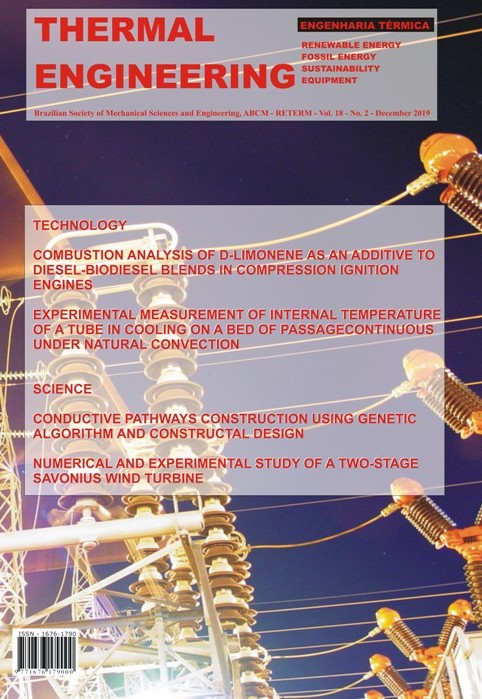Editorial
DOI:
https://doi.org/10.5380/reterm.v18i2.70777Keywords:
editorialAbstract
Since the Industrial Revolution mankind has been interested in obtaining energy from various sources in order to fulfill its ever-increasing energy demands for industrial, commercial and residential use. Fortunately, we have been able to produce energy in quantities that permit technological innovations and the spread of existing technologies around the world. Such success is due not only to the search for alternatives to fossil fuels, but also to the development of devices that allow fuels to be used in rational, efficient ways. The refinement of equipment that improve our lives – from refrigeration devices used in residential applications to steam generators and gas turbines employed to generate electricity in thermal power plants – is only possible due to physical understanding of processes such as heat transfer, combustion, fluid flow dynamics and thermodynamic systems. Physical modeling of such phenomena provides tools for optimization of engineering projects, which ultimately results in an efficient use of the energy resources available. In an era where the computing power available allows us to analyze models that are ever more faithful to the physical behavior of real processes, we have the ability to push existing technologies to ever-increasing limits of energy efficiency and to explore the viability of new processes.
Downloads
Published
How to Cite
Issue
Section
License
Direitos Autorais para artigos publicados nesta revista são do autor, com direitos de primeira publicação para a revista. Em virtude da aparecerem nesta revista de acesso público, os artigos são de uso gratuito, com atribuições próprias, em aplicações educacionais e não-comerciais.



